How do you improve a weak team? Even the best teams can sometimes experience weakness or lack of productivity due to various factors.
Recognizing this issue and taking proactive measures to improve the performance of a weak team is crucial in order to achieve optimal results.
In this article, we will explore 20 effective ways that leaders can utilize to enhance the capabilities and dynamics within a struggling team, enabling them to overcome obstacles and reach their full potential.
By implementing these leadership strategies, organizations can foster an environment conducive to growth, collaboration, and ultimately attain outstanding outcomes from previously underperforming teams.
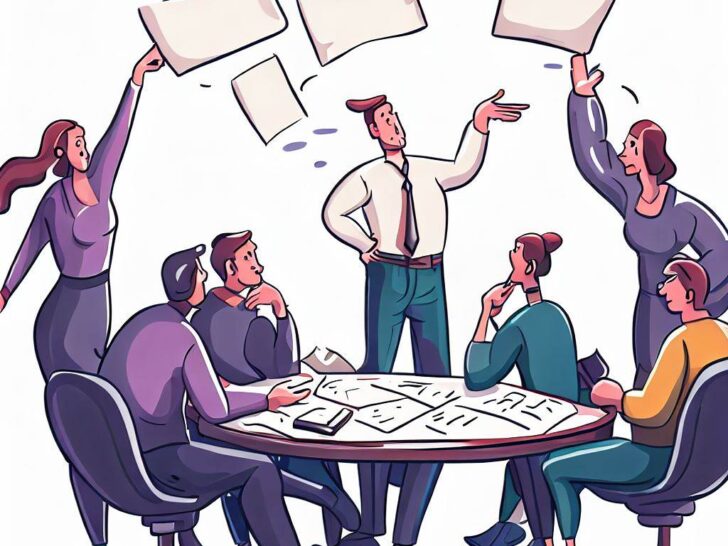
1. Ownership: Let team members make decisions and be responsible for them
Ownership: Empower team members to make decisions
One key way to improve a weak team is by giving team members the leadership authority and responsibility to make decisions.
By empowering individuals, you allow them to take ownership of their work and feel accountable for the outcomes. This can lead to increased motivation, commitment, and productivity.
Foster a culture of responsibility to improve a weak team
To cultivate ownership within your team, it’s essential to foster a culture where taking responsibility is encouraged and valued. Encourage open communication among team members so that they feel comfortable expressing their ideas and opinions.
Provide opportunities for training and development, helping individuals build confidence in their decision-making abilities.
Promote collaboration and shared accountability
Effective teamwork requires collaboration and shared accountability. Encourage your team members to work together rather than relying solely on hierarchy or authority figures.
Establish clear goals that everyone understands, allowing each person an opportunity to contribute their unique perspectives towards achieving those goals.
By following these strategies, you can empower your team members with the ability to make decisions independently while fostering a sense of collective ownership over the outcomes of those decisions.

2. Communication: Talk clearly to avoid misunderstandings and mistakes.
Ensure clear and concise communication
Clear, straightforward communication is key to avoiding misunderstandings and mistakes within a weak team. Use simple language and avoid jargon or technical terms that could confuse team members.
Clearly articulate expectations and goals, ensuring everyone understands their role and responsibilities.
Encourage active listening
Encouraging active listening can help improve communication within a weak team. Team members should give each other their full attention, allowing for better understanding of messages being conveyed. This also includes asking clarifying questions to ensure comprehension.
Use visual aids if necessary
Visual aids such as charts, diagrams, or slides can be helpful in clarifying complex information. These visuals can provide a clear picture of concepts that may otherwise be difficult to comprehend through words alone.
Using visual aids ensures that all team members have the same understanding of the information presented.

3. Strengths and Weaknesses: Give tasks based on what people are good at.
Strengths and Weaknesses: Give tasks based on abilities
Assigning tasks to team members based on their strengths is a great way to improve a weak team. By matching individuals with tasks that align with their skills and interests, you can increase productivity and motivation.
- Identify strengths: Start by assessing each member’s strengths and weaknesses. This can be done through self-assessments or by observing their performance in different areas.
- Delegate accordingly: Assign tasks that leverage an individual’s strengths. For example, if someone excels at communication, put them in charge of client interactions or presentations.
- Provide support: Once tasks are assigned, provide the necessary resources and training to help team members excel in their respective roles.
By playing to each person’s strengths, you create a more collaborative work environment where individuals feel valued and motivated in contributing towards the team’s success.
Assessing weaknesses for improvement opportunities
In addition to leveraging strengths, it is crucial to identify and address the weaknesses within your team. Here are some steps you can take:
- Analyze performance gaps: Evaluate the areas where your team is struggling or falling short.
- Offer targeted training: Provide opportunities for skill development and training programs tailored to address these weaknesses.
- Encourage growth mindset: Foster a culture of continuous improvement where mistakes are viewed as learning opportunities rather than failures.
By addressing weaknesses head-on, you can transform them into areas of growth for your team members while also strengthening overall team performance.

4. Team Building: Do fun activities together to improve a weak team.
Building a strong team doesn’t always have to be serious and formal. In fact, incorporating fun activities into your team-building efforts can be highly effective in improving teamwork and collaboration. Here are some ideas to consider:
- Outdoor adventure: Organize a day of outdoor activities like hiking, kayaking, or a ropes course to encourage teamwork and trust-building among team members.
- Game night: Host a game night where everyone can relax and enjoy friendly competition. Board games or video games can bring out the playful side of your team.
- Volunteer together: Undoubtedly, helping others is an excellent way for your team to bond while making a positive impact on the community.
By engaging in these enjoyable activities, you will create opportunities for your team members to connect on a personal level outside of work tasks.
This strengthens their relationships and paves the way for improved communication and collaboration within the workplace as well.

5. Project Management Tools: Use tools to work together.
To enhance collaboration and streamline communication within your team, leverage project management tools.
These tools serve as a central hub where you can create tasks, assign responsibilities, track progress, and share documents. They enable seamless coordination among team members regardless of their physical location.
Using project management tools offers several benefits:
- Improved organization: With these tools, you have a clear overview of project timelines, deadlines, and dependencies. This eliminates confusion and ensures that everyone is on the same page.
- Enhanced accountability: Assigning tasks through project management tools allows you to monitor individual and team progress in real-time. This promotes transparency and encourages individuals to take ownership of their responsibilities.
- Efficient communication: Project management tools offer features like comment threads and notifications that facilitate quick discussions and feedback sharing without the need for lengthy email chains.
Deploying these digital solutions empowers your weak team by providing them with the structure they require to collaborate effectively towards achieving common goals.

6. Work Environment: Make the workspace nice and positive.
Create a welcoming and comfortable space
A pleasant work environment can have a significant impact on the overall mood and productivity of your team. Start by ensuring that the workspace is well-lit, clean, and tidy.
Remove any clutter or unnecessary distractions to create an organized atmosphere where employees can focus on their tasks without feeling overwhelmed.
Foster positive relationships among team members
Encourage open communication and collaboration within the team by creating opportunities for social interaction. Consider organizing regular team-building activities or events that allow individuals to get to know each other in a more relaxed setting.
Building strong bonds amongst your team members improves trust, enhances cooperation, and creates a supportive work culture.
Celebrate achievements and promote positivity
Recognize individual accomplishments publicly to motivate your team members and foster a sense of appreciation for their hard work. Implementing an employee recognition program or offering incentives can also incentivize teamwork while boosting morale within the group.
Maintain a positive attitude as a leader yourself, as this will set the tone for your entire team’s mindset in approaching challenges with optimism.
Remember that improving your weak team requires addressing not only skill gaps but also nurturing an environment where individuals feel valued, fulfilled, and supported in their professional growth goals.
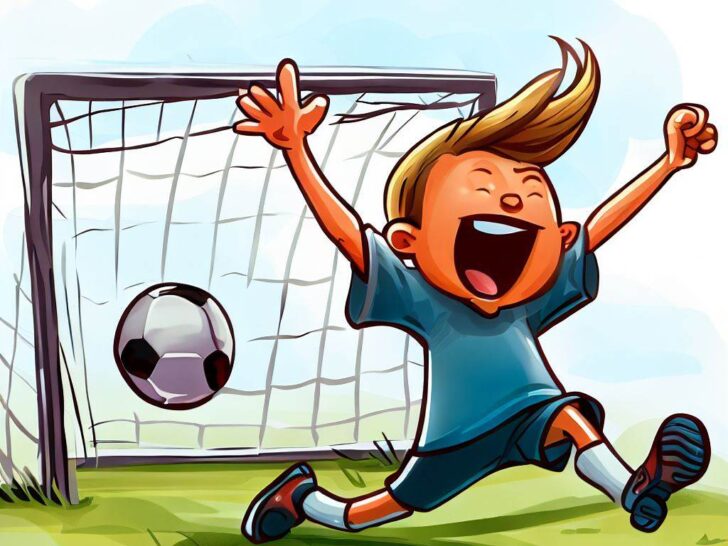
7. Alignment: Make sure the team’s goals match the company’s big goals.
Alignment with Organizational Goals
To improve a weak team, it is essential to ensure that the team’s goals align with the overarching objectives of the company. We call this leading through goals. A strong alignment between individual and organizational goals promotes synergy and enhances overall productivity.
First, evaluate the company’s big goals and identify areas where the team can contribute. Communicate these objectives clearly to every team member, highlighting their role in achieving them.
This instills a sense of purpose, motivating individuals to work towards common targets.
Next, regularly assess progress towards these shared goals by tracking key performance indicators (KPIs). This enables managers to identify areas that need improvement and take corrective actions as necessary.
Additionally, providing feedback on individual contributions helps staff understand how their efforts impact overall success.
By aligning team goals with those of the organization, you create a cohesive unit working towards a common vision. This ensures that everyone is moving in the same direction – increasing efficiency and driving results for both individual employees and the company as a whole.
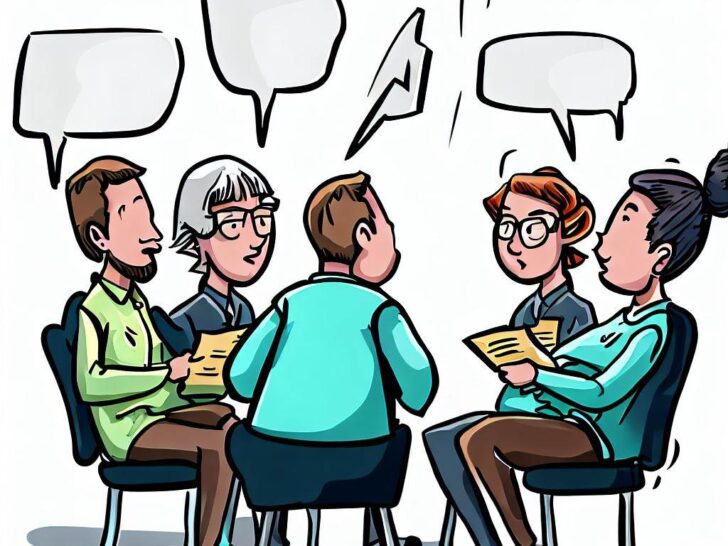
8. Constructive Feedback: Give helpful advice to do better.
Provide Clear Expectations
Team members need to have a clear understanding of their roles and responsibilities within the team. Make sure that each individual understands what is expected of them and how their work contributes to the overall team goals.
This eliminates confusion and frustration, and ensure that everyone is working towards the same objectives.
Encourage Open Communication
Establish an environment where team members feel comfortable sharing their thoughts, ideas, and concerns. Encourage open dialogue during meetings or through other communication channels.
By fostering a culture of transparency and trust, you create opportunities for collaboration and problem-solving.
Foster Skill Development
Identify any gaps in the skills or knowledge of your team members.
Offer training or professional development opportunities to help them improve in those areas. By investing in their growth, you not only strengthen individual capabilities but also enhance overall team performance.
Set Realistic Goals
When setting goals for your team, make sure they are challenging yet attainable. Unrealistic expectations can be demotivating and lead to burnout. Break down larger tasks into smaller milestones so that progress can be measured along the way.
Recognize Achievements
Acknowledge when individuals or the entire team meet or exceed expectations.
Recognition goes a long way in boosting morale and reinforcing positive behaviors. Implement a system for acknowledging achievements publicly, such as through regular updates at staff meetings or by establishing an employee appreciation program.
Promote Collaboration
Encourage teamwork by providing opportunities for collaboration on projects or tasks whenever possible. Create cross-functional teams that bring together different skill sets to tackle complex challenges collectively.
Remember…
Improving a weak team requires time, effort, and dedication from both leaders and individual team members. Stay committed to implementing these strategies consistently over time for lasting results.
Celebrate even small victories along the way as motivation fuels progress!
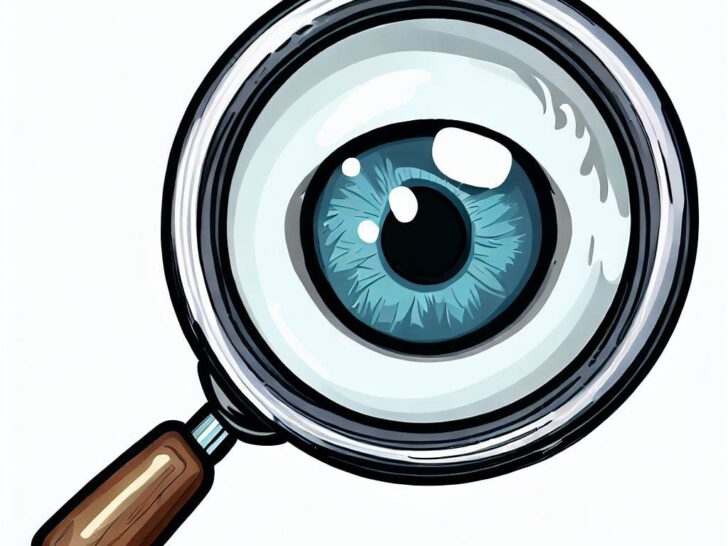
9. Single Tasking: Work on one thing at a time to do it well.
In today’s fast-paced work environment, multitasking has become the norm. However, trying to juggle multiple tasks at once can often lead to decreased productivity and lower quality of work.
To improve a weak team, encourage single tasking instead.
By focusing on one task at a time, team members are able to give their full attention and effort towards completing it successfully. This allows for better concentration and reduces the chances of errors or oversights.
Instead of trying to do everything at once, prioritize tasks and allocate dedicated time for each one.
Encourage your team members to eliminate distractions during this dedicated time. This means turning off notifications on devices, closing unnecessary tabs or applications, and creating a quiet workspace if possible.
By minimizing interruptions, individuals can fully immerse themselves in their task and achieve greater efficiency and accuracy.
Working on one thing at a time may initially seem counterintuitive when there is so much work to be done. However, research has consistently shown that this approach leads to better outcomes.
When individuals focus solely on the task at hand without being pulled in different directions by competing priorities, they are able to dedicate their full intellectual capacity towards problem-solving and decision-making.
Single-tasking also promotes mindfulness in the workplace — being fully present in the current moment rather than constantly anticipating what needs to be done next. This not only improves job satisfaction but also fosters creativity as team members have the mental space needed for innovative thinking.
So next time you notice your team struggling with their workload or producing subpar results, remind them about the power of single-tasking.
Encourage them to take things one step at a time and watch as their productivity levels soar while maintaining high-quality outputs.

10. Minimizing Interruptions: Keep distractions away to help focus.
To improve team productivity, it is crucial to minimize interruptions and keep distractions at bay. Here are some effective strategies:
- Create a designated workspace: Provide team members with a quiet area where they can concentrate on their tasks without disruptions.
- Set clear boundaries: Establish guidelines for minimizing interruptions, such as avoiding unnecessary meetings or limiting non-essential email communication during focused work times.
- Encourage the use of noise-cancelling headphones: These can block out background noise and create a more conducive environment for concentration.
- Implement time management techniques: Encourage the use of techniques like the Pomodoro Technique, which involves working in concentrated bursts with short breaks in between.
By using these strategies, teams can reduce distractions and create an environment that promotes deep focus and increased productivity levels.

11. Appreciation and Recognition: Say thank you for hard work.
Show Genuine Appreciation
Recognize your team members’ hard work and show them that you genuinely appreciate their efforts. Saying a simple thank you can go a long way in boosting team morale and motivation.
Be Specific in Your Recognition
When acknowledging someone’s contribution, be specific about what they did well or how their hard work made a positive impact. This shows that you have noticed their individual effort and value their unique skills.
Use Personalized Tokens of Appreciation
Consider giving small tokens of appreciation to team members who consistently go above and beyond. It could be something as simple as a handwritten note or a gift card for coffee. Personalizing the gesture makes it more meaningful and demonstrates that you truly value their commitment.
Celebrate Achievements Publicly
Celebrate your team’s achievements publicly by recognizing them during meetings or through company-wide communication channels like email newsletters or social media posts.
Sharing these successes not only acknowledges individual contributions but also fosters collaboration within the whole team.

12. Help and Support: Be there to help and talk when needed.
Provide a supportive environment
Creating an atmosphere where team members feel comfortable seeking help and support is crucial for improving a weak team.
Encourage open communication and let everyone know that it’s okay to ask questions or express concerns. Foster a culture of trust, empathy, and understanding among team members.
Be available to listen
Make yourself available to your team members whenever they need someone to talk to. Actively listen and pay attention not only to what they say but also how they say it. Show genuine interest in their issues and provide constructive feedback or guidance when appropriate.
Sometimes all someone needs is a listening ear or a sounding board for their thoughts.
Offer resources and training
Equip your teammates with the necessary tools, resources, and training opportunities that can help them improve their skills and knowledge.
This can involve providing access to online courses, books, workshops, or mentors within the organization who can offer guidance in specific areas of expertise. By investing in their growth and development, you are showing them that you believe in their potential.

13. Breaks: Let people take breaks so they don’t get too tired.
Breaks: Refresh and Recharge
Taking short breaks throughout the workday can do wonders for improving a weak team. Whether it’s a quick walk around the office, grabbing a snack, or even just stretching at their desks, allowing team members to take regular breaks helps prevent fatigue and burnout.
Incorporating these pauses into the day gives people the chance to recharge and refocus on their tasks.
Benefits of Short Breaks
- Enhances productivity: Research shows that taking short breaks can actually boost productivity levels. When individuals step away from their work momentarily, they return with renewed energy and concentration.
- Reduces stress levels: Allowing team members to take brief moments of relaxation during the day lowers stress levels in the workplace. It gives them time to decompress and regroup before tackling challenges head-on.
- Improves overall well-being: Taking regular breaks promotes physical health by reducing prolonged sitting periods common in office environments. It also encourages mental well-being as individuals have opportunities to clear their minds and maintain good focus throughout the day.
Remember, encouraging short breaks is not synonymous with slacking off; instead, it’s about fostering an environment where employees can find balance while maximizing performance.

14. Coaching and Training: Teach and help team members regularly.
Coaching and Training: Teach and help team members regularly
One effective way to improve a weak team is through coaching and training. By teaching and helping team members regularly, you can enhance their skills, knowledge, and performance.
- Identify areas of improvement: Begin by assessing the strengths and weaknesses of each team member individually as well as the collective weaknesses of the entire team. This will allow you to focus on specific areas that need improvement.
- Provide targeted guidance: Once you have identified areas for improvement, offer personalized coaching sessions to address these deficiencies. Use clear communication techniques to provide step-by-step instructions, ensuring that your guidance is tailored to each individual’s needs.
- Utilize experiential learning opportunities: Encourage hands-on experiences where team members can actively apply what they have learned during training sessions into their work tasks or projects. This practical experience enables them to further develop their skills while gaining confidence in their abilities.
Remember that consistent coaching and training efforts are key; it should not be a one-time event but an ongoing process aimed at continuous growth for both individuals and the overall teamwork dynamic.

15. Gratitude: Say thank you to make working together better.
Recognizing and expressing gratitude towards team members can greatly improve the dynamics and productivity of a weak team. When individuals feel appreciated for their efforts, they are more likely to be motivated, engaged, and willing to go the extra mile.
Make it a habit to say “thank you” regularly when someone contributes positively or achieves a milestone. This simple gesture not only boosts morale but also reinforces a sense of value within the team.
In addition to verbal appreciation, consider implementing a recognition system that publicly acknowledges exceptional performance or contributions. This could range from awards in team meetings or email shout-outs highlighting individuals’ accomplishments.
Moreover, encouraging team members to show gratitude amongst themselves fosters positive relationships and encourages collaboration by creating an atmosphere of respect and appreciation for each other’s skills and efforts.
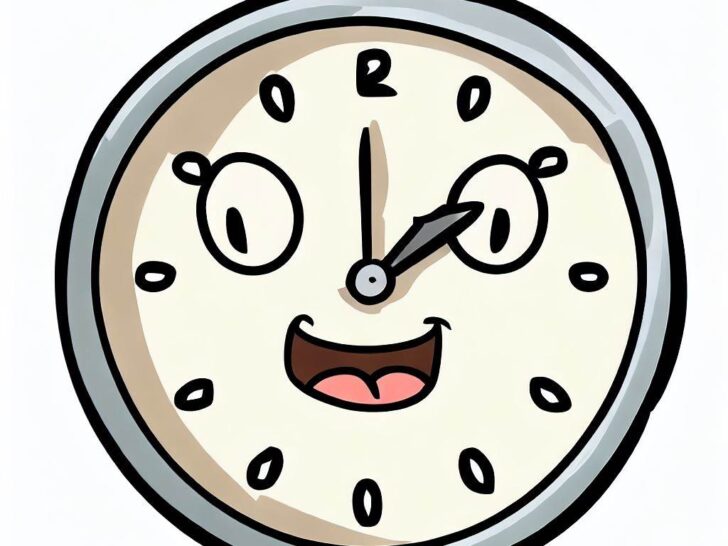
16. Efficient Workflow: Work in a way that doesn’t waste time.
Streamline processes and eliminate unnecessary steps.
To improve the efficiency of a weak team, it is important to streamline processes and eliminate any unnecessary steps.
This can be done by carefully analyzing each workflow and identifying areas where time is being wasted or duplicated. By streamlining these processes, teams can save valuable time that can be used for more productive tasks.
Delegate tasks effectively to improve a weak team.
Delegating tasks effectively is another way to ensure an efficient workflow. It involves assigning specific responsibilities to members who are best suited for them, considering their skills and strengths.
Effective delegation allows work to be distributed evenly among team members, avoiding overload or burnout while also ensuring that everyone’s talents are utilized efficiently.
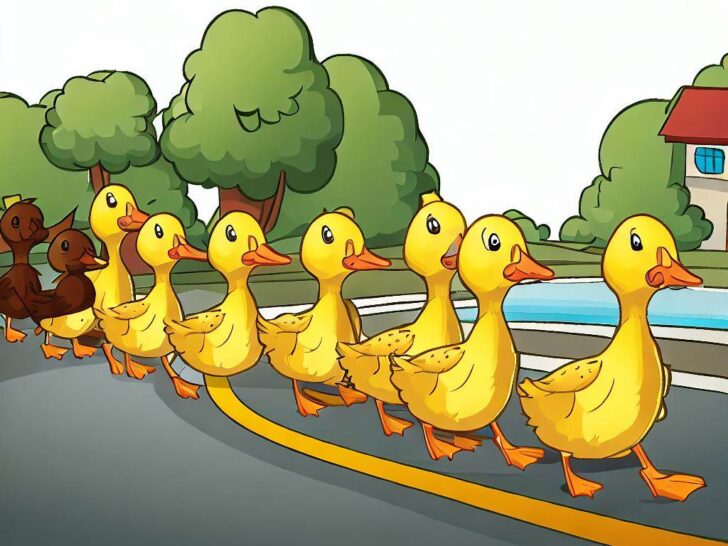
17. Role Clarification: Make sure everyone knows what their job is.
In order to improve a weak team, it is crucial to provide role clarification. Clearly defining the responsibilities and tasks for each team member helps eliminate confusion and promotes productivity.
- Begin by conducting individual meetings with each team member to discuss their specific roles and expectations.
- Ensure that every team member understands the goals of the team as a whole, as well as their own individual objectives.
- Encourage open communication among team members, allowing them to ask questions or seek clarification when needed.
- Establish clear channels for decision-making and ensure that everyone understands who has final authority.
- Create a written document outlining each person’s roles, responsibilities, and deadlines in order to avoid any future misunderstandings.
By ensuring that everyone knows what their job is, you can minimize conflicts within the team and enhance overall performance.
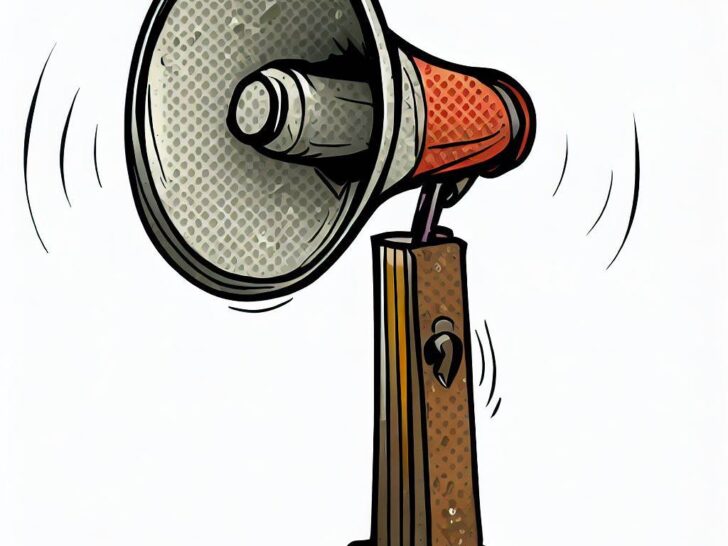
18. Recognition: Acknowledge their hard work publicly.
Recognizing and appreciating the efforts of team members is crucial for their motivation and overall morale.
One simple yet effective way to acknowledge their hard work is by publicly saying thank you in front of others. This public recognition not only boosts the individual’s self-esteem but also inspires other team members to strive for excellence.
When recognizing someone, be specific about what they have done well and how it has positively impacted the team or project. Highlighting their achievements in a public setting shows that their contributions are valued and recognized by both peers and leaders alike.
This creates a positive atmosphere where everyone feels empowered to put forth their best effort.
Remember, expressing gratitude doesn’t cost anything but can go a long way in improving team dynamics and fostering a sense of camaraderie among colleagues. So, take every opportunity to say thank you in front of others – it will undoubtedly contribute to building a stronger, more cohesive team.

19. Autonomy: Let people work the way they like best.
Give employees the freedom to work in their preferred style.
Allowing team members to work in ways that suit them best can lead to greater productivity and job satisfaction. By granting autonomy, you are acknowledging their expertise and giving them the space they need to excel.
Foster a culture of trust and independence.
Encourage your team to take ownership of their tasks and projects by establishing an atmosphere where trust is paramount. When leaders empower their employees, it creates a sense of responsibility and motivation, ultimately leading to improved teamwork.
Provide flexibility in working arrangements.
Recognize that each individual has unique preferences when it comes to how they work most effectively. Offering flexible working hours or remote options allows your team members the opportunity to optimize their workflow while fulfilling personal commitments outside of work.

20. Rewards!: Give something to motivate team members!
Motivating your team members is essential for improving their performance. One effective way to do this is by offering rewards.
Prizes can serve as powerful incentives, inspiring your team members to work harder and achieve better results.
Here are some key benefits of implementing a reward system:
- Increased morale: When employees know that their efforts will be recognized and rewarded, it boosts their overall enthusiasm and motivation.
- Improved productivity: By offering prizes for reaching specific goals or targets, you encourage team members to push themselves further, resulting in increased productivity.
- Enhanced teamwork: Rewarding individual achievements not only motivates individuals but also fosters a sense of healthy competition within the team. This can lead to improved collaboration and cooperation among colleagues.
When deciding on rewards, consider what would appeal most to your team members—whether it’s monetary bonuses or non-monetary incentives like extra time off or recognition ceremonies at company-wide events.
Remember, the key is finding meaningful rewards that align with your team’s values and aspirations!
Conclusion
Improving a weak team is more than just a fix-it job. It’s a chance to make things way better. The tips in the article give a simple guide to make a weak team strong and get things done.
By using good people skills, talking clearly, and keeping track of how well the team is doing, any leader can make a weak team better. These tips are not just quick fixes but ways to make your team better over time.
So, if you’re a leader, knowing how to improve a weak team is key for long-term success.
FAQ For 20 Ways To Improve a Weak Team
Q: What are some common signs of a weak team?
A: Common signs include low productivity, frequent misunderstandings, lack of initiative, and high turnover rates. These issues often result in missed deadlines and poor quality of work.
Q: How can communication be improved within a weak team?
A: Improving communication can be achieved through regular team meetings, one-on-one check-ins, and open channels for feedback. Clear and concise communication can greatly enhance team dynamics.
Q: Is team building important for improving a weak team?
A: Yes, team-building exercises can help team members understand each other better and improve collaboration. This can be particularly helpful in resolving interpersonal conflicts and boosting morale.
Q: How can a leader effectively set goals for a weak team?
A: Goals should be Specific, Measurable, Achievable, Relevant, and Time-bound (SMART). Clearly defined objectives can provide direction and motivation, driving improvement.
Q: Can changing team roles improve a weak team?
A: Absolutely, reassessing and possibly reassigning roles can help utilize team members’ strengths more effectively. This can lead to better performance and higher job satisfaction.
Q: Should performance metrics be used to assess a weak team?
A: Yes, performance metrics offer an objective way to evaluate a team’s strengths and weaknesses. They help in setting targets and measuring progress, making improvement easier to track.
Q: What role does emotional intelligence play in improving a weak team?
A: Emotional intelligence allows leaders to better understand team members’ emotions and motivations. This understanding can result in more effective communication and problem-solving, thus contributing to team improvement.
Q: Are there any long-term strategies for maintaining team improvement?
A: Yes, implementing a culture of continuous improvement, providing regular training, and setting long-term goals can help maintain the gains achieved in team performance.

